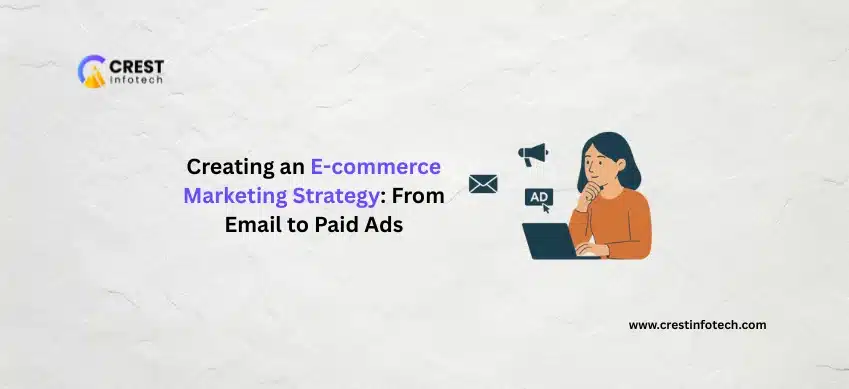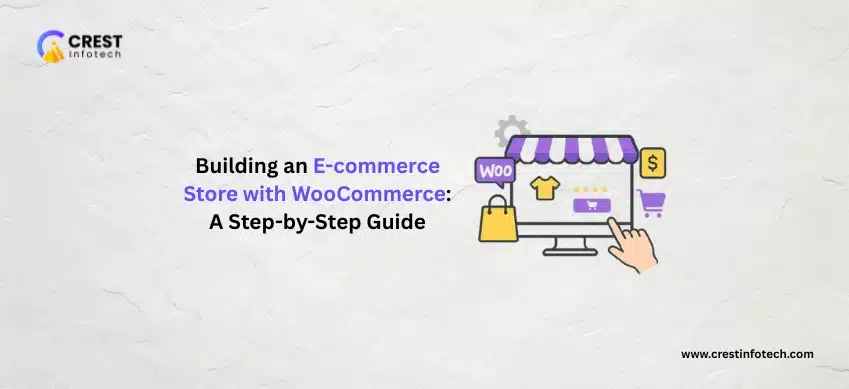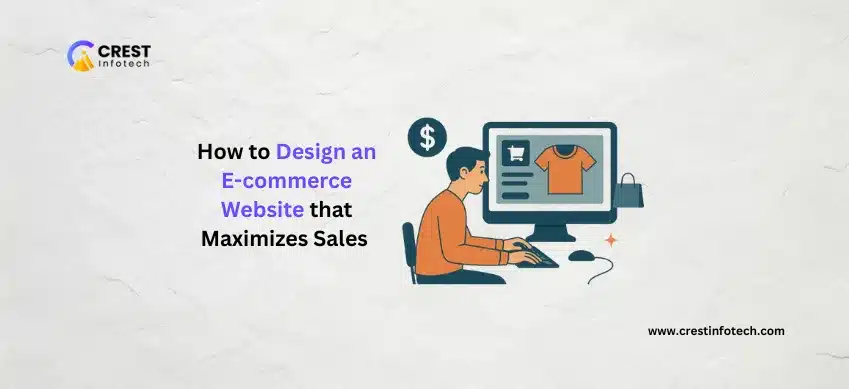In the crowded world of online retail, having a great product isn’t enough — you need a well-defined marketing strategy that connects your brand with the right audience across multiple channels. From email to paid advertising, a cohesive strategy helps drive traffic, boost conversions, and build long-term customer relationships.
Let’s walk through the essential elements of a modern e-commerce marketing plan.
1. Build a Strong Email Marketing Foundation
Email remains one of the highest-ROI channels for e-commerce — when done right.
- Welcome Series: Make a great first impression with a series that introduces your brand
- Cart Abandonment: Recover lost sales with timely, personalized reminders
- Product Recommendations: Use past behavior to tailor follow-up suggestions
- Re-Engagement: Win back inactive subscribers with targeted offers
2. Optimize Your Website for Conversions
All marketing efforts should point to one goal: turning visitors into buyers.
- Use clear CTAs (“Buy Now”, “Add to Cart”)
- Streamline the checkout process
- Ensure mobile optimization and fast load times
- Include trust signals (reviews, security badges, return policy)
“Don’t just drive traffic — build a site that converts it into revenue.”
3. Master Organic and Paid Social Media
Social media isn’t just about followers — it’s about creating conversations that lead to conversions.
Organic Tactics:
- Post behind-the-scenes content and customer stories
- Engage via polls, comments, and stories
- Highlight new arrivals and user-generated content
Paid Tactics:
- Retargeting: Reach people who’ve visited but didn’t purchase
- Lookalike Audiences: Expand reach using traits of existing customers
- Video Ads: Showcase products in action for better engagement
4. Invest in SEO and Content Marketing
Long-term traffic starts with visibility on search engines.
- Keyword Research: Target phrases your customers actually search for
- Product Descriptions: Optimize for both humans and algorithms
- Blog Content: Educate, inspire, and answer common questions
- Internal Linking: Guide visitors toward key pages
5. Use Influencer and Affiliate Marketing
Partnering with creators and affiliates expands your reach and builds trust.
- Micro-Influencers: Smaller audiences often mean higher engagement
- Affiliate Programs: Reward people for promoting your products
- UGC Campaigns: Encourage customers to share experiences
“People trust people — influencer and affiliate content adds authenticity to your brand.”
6. Launch Google Ads and Retargeting Campaigns
Google Ads are perfect for targeting high-intent shoppers actively searching for products.
- Shopping Ads: Appear in front of ready-to-buy customers
- Branded Search Ads: Protect your name from competitor bidding
- Retargeting: Bring visitors back with personalized offers
7. Track, Test, and Optimize Everything
A winning strategy evolves with data.
- Use tools like Google Analytics, Meta Pixel, and Klaviyo
- Set up A/B tests for emails, landing pages, and ad creatives
- Monitor metrics: CTR, ROAS, conversion rate, customer lifetime value
- Refine campaigns based on actual performance
“The best marketers don’t guess — they test.”
Final Thoughts
An effective e-commerce marketing strategy is multi-channel, data-driven, and customer-focused. Start with foundational tactics like email and SEO, then layer in paid ads, influencers, and automation as you grow.
Stay agile, keep testing, and never stop learning — because in e-commerce, evolution is everything.



